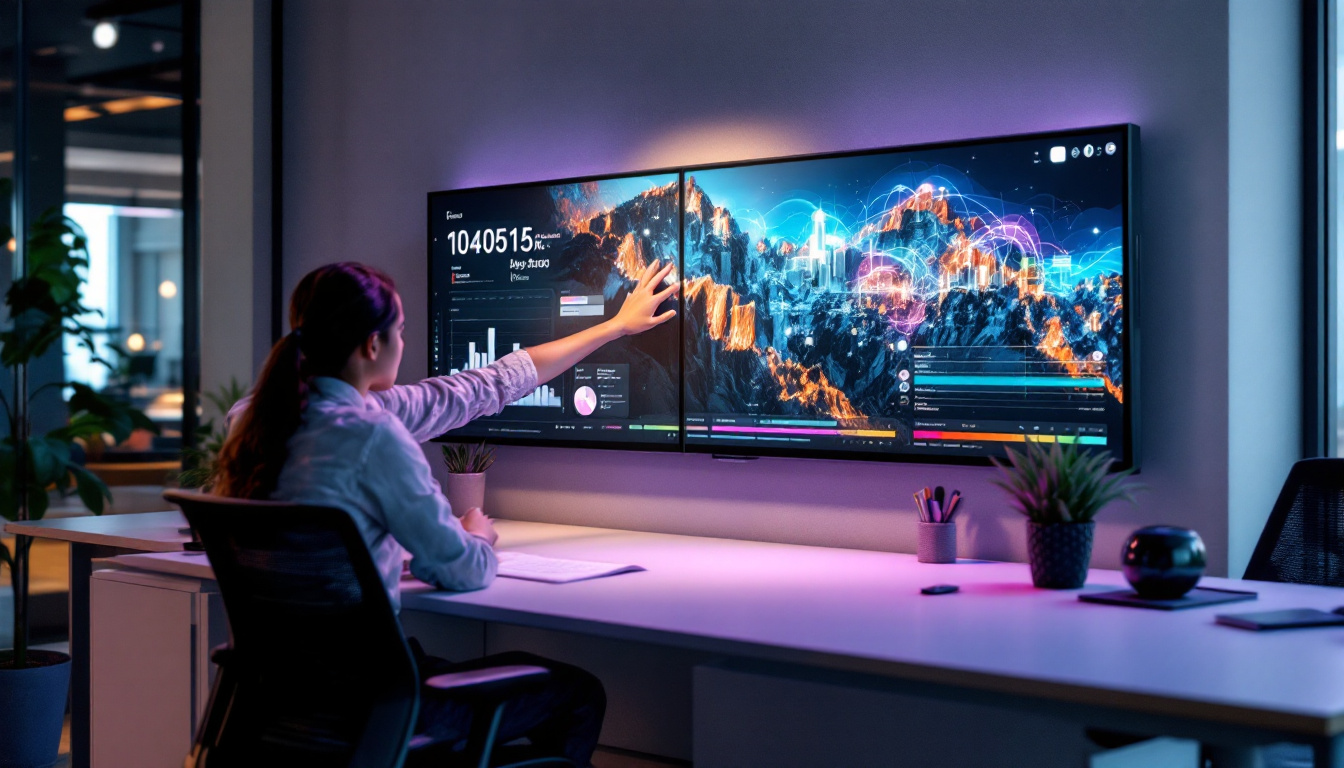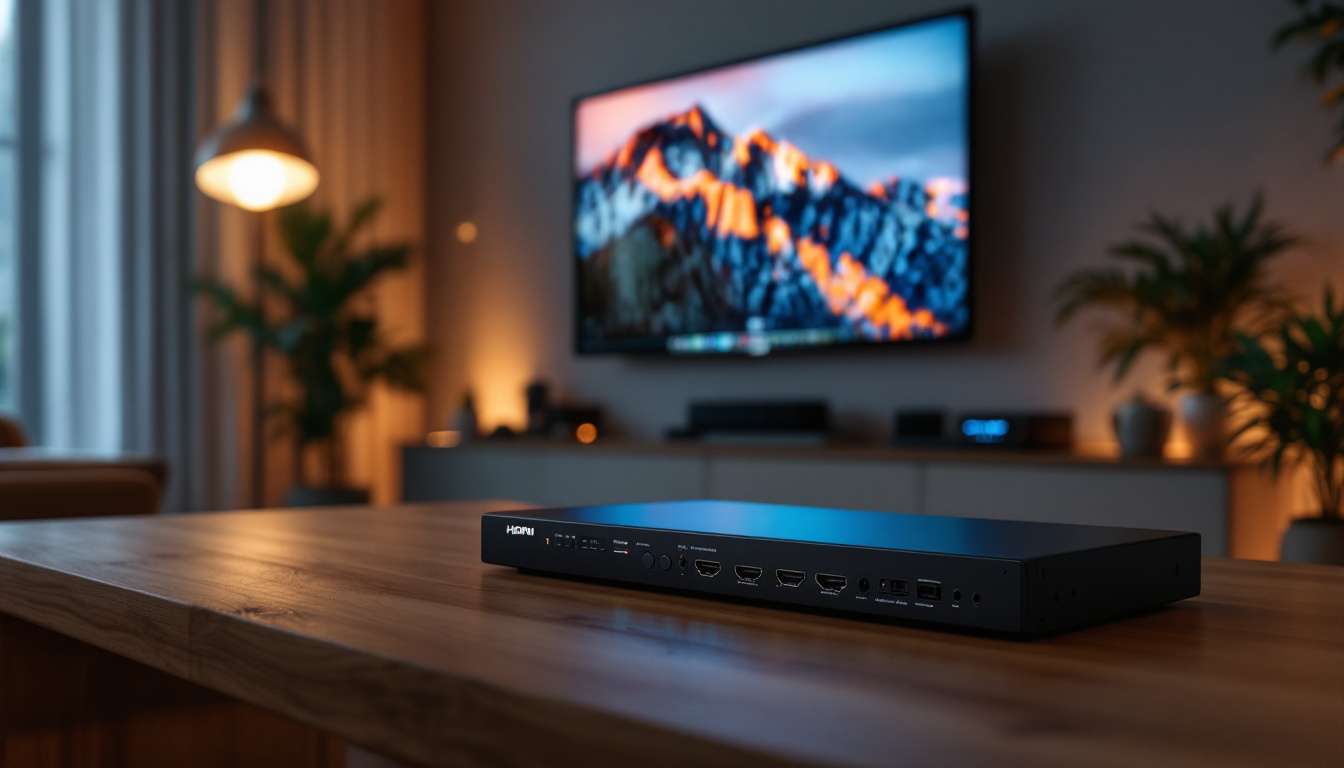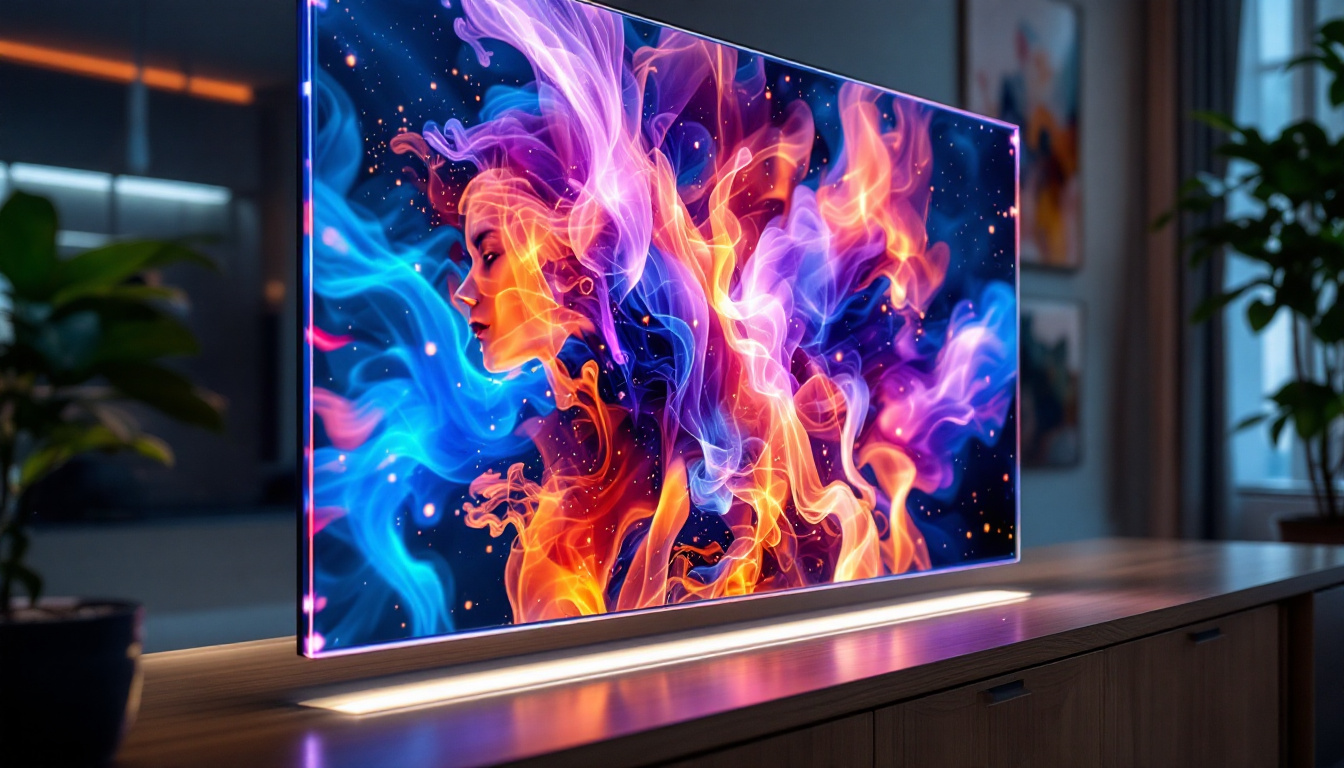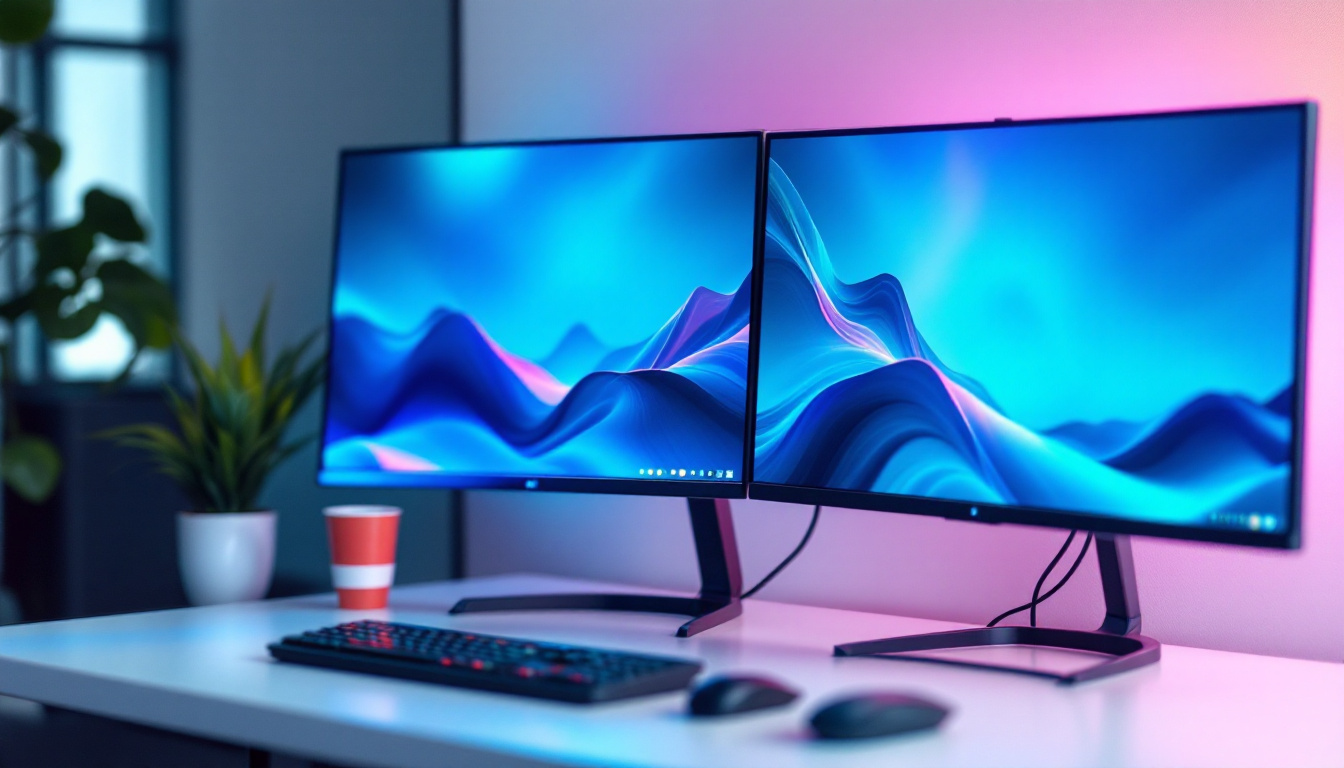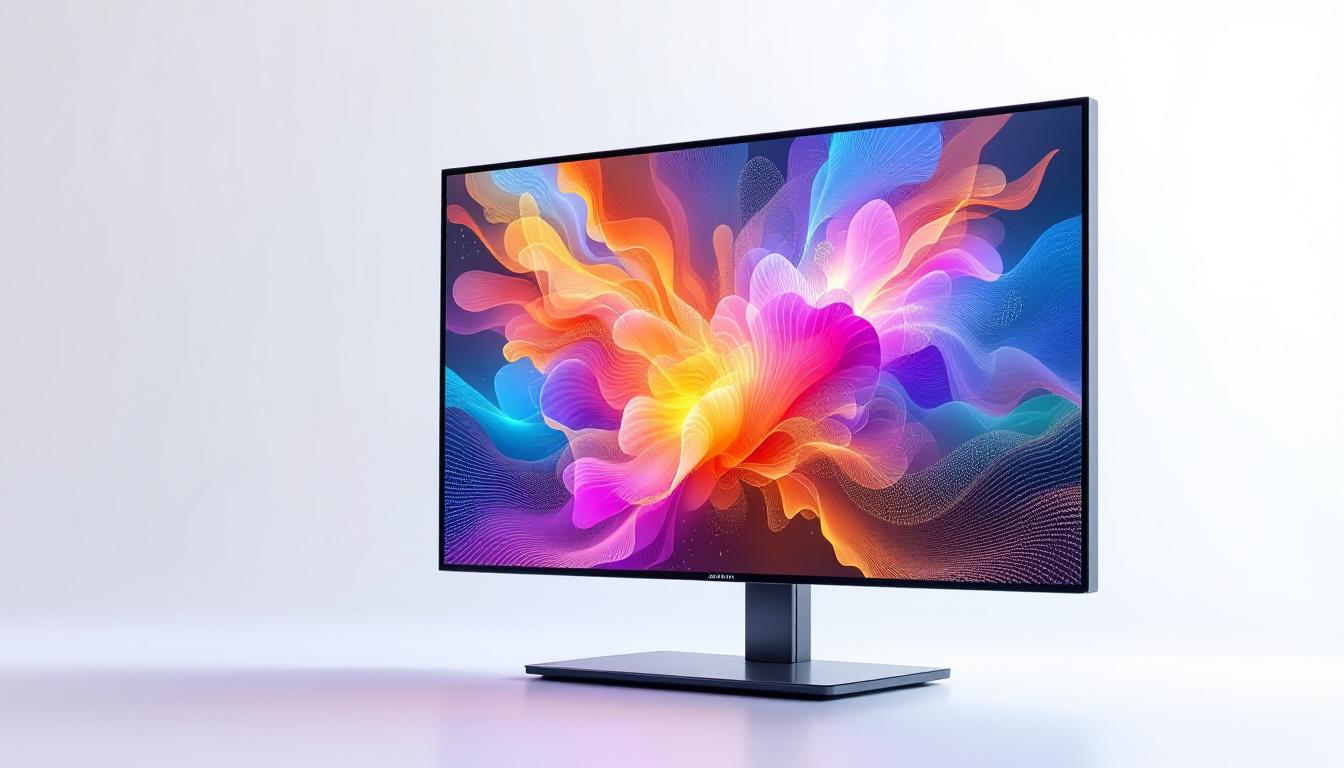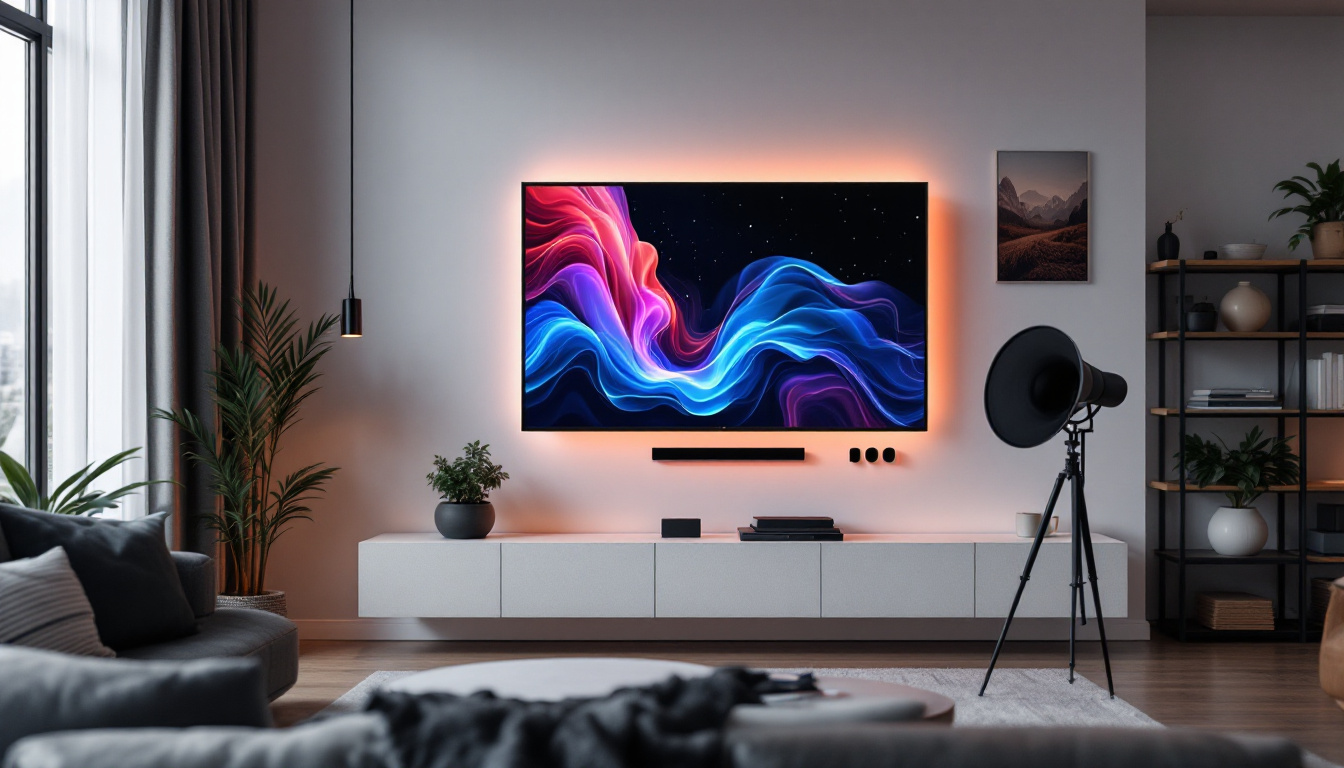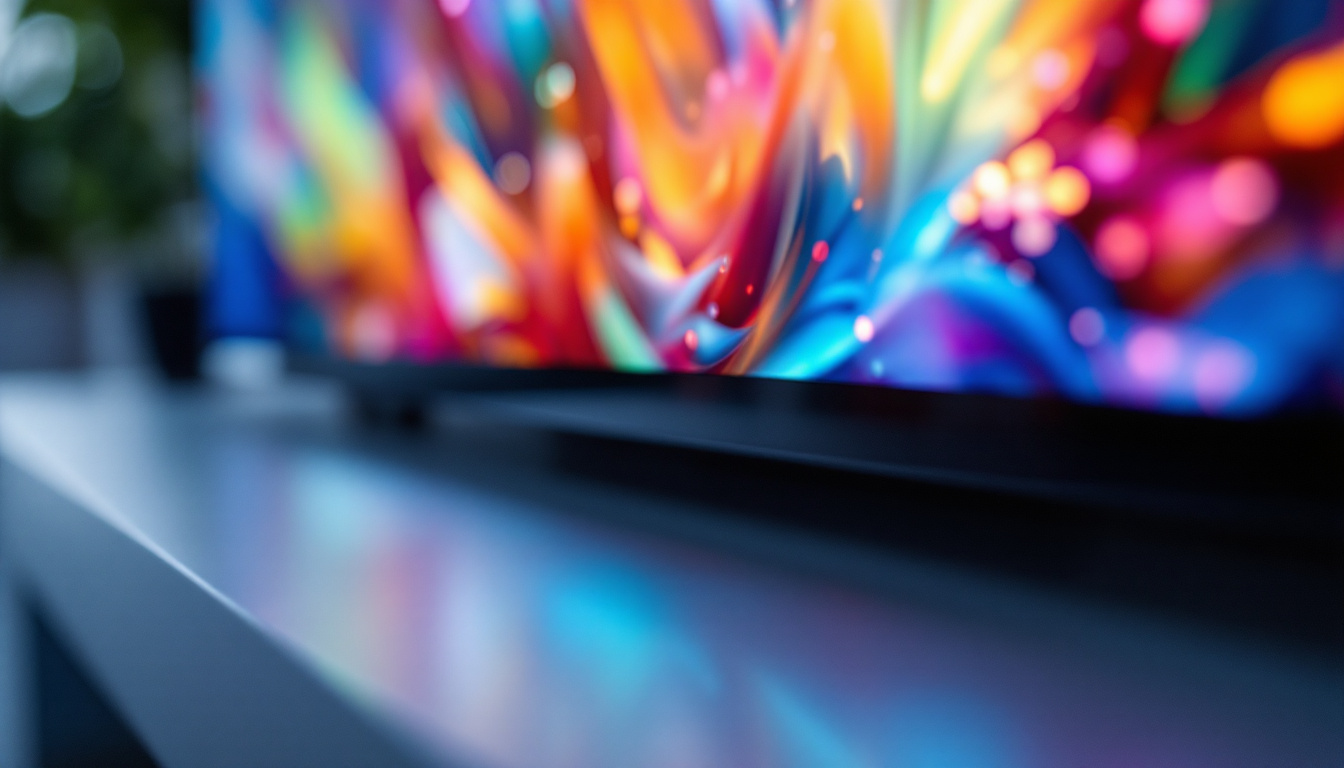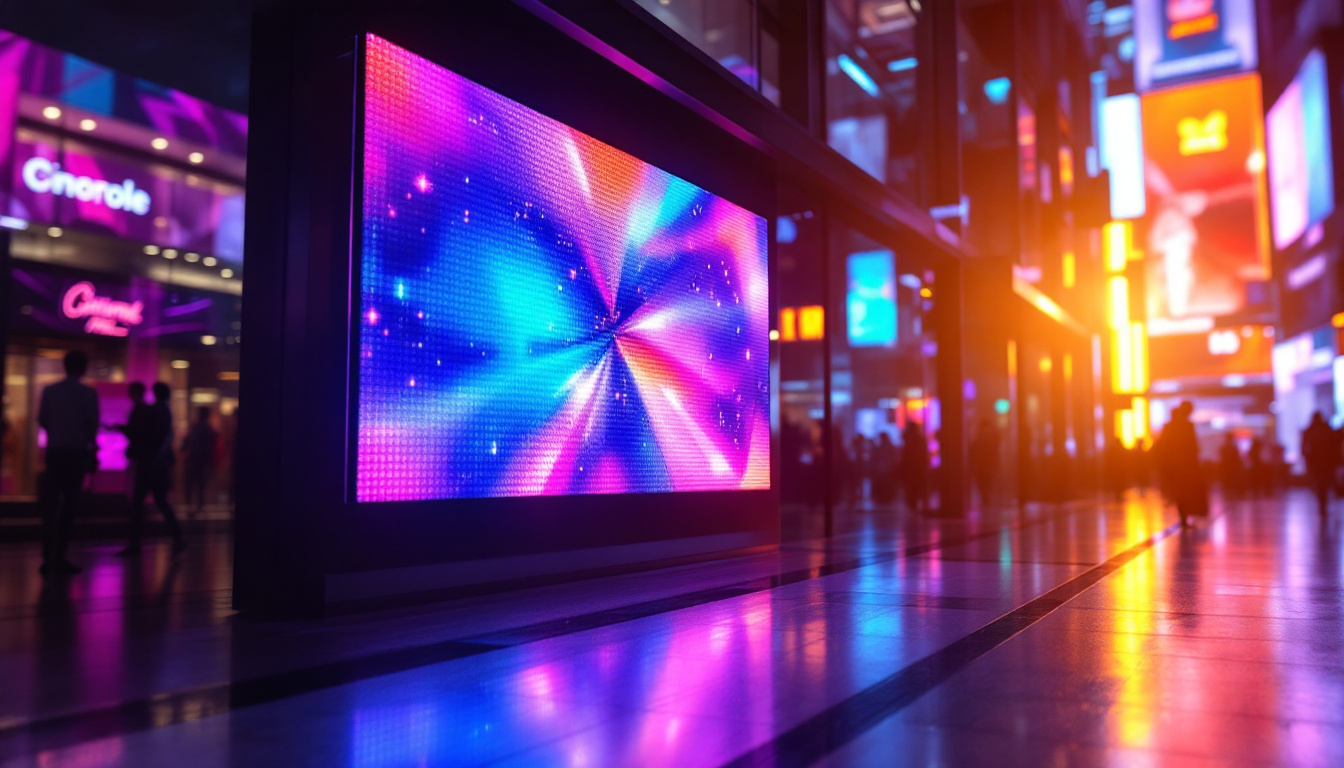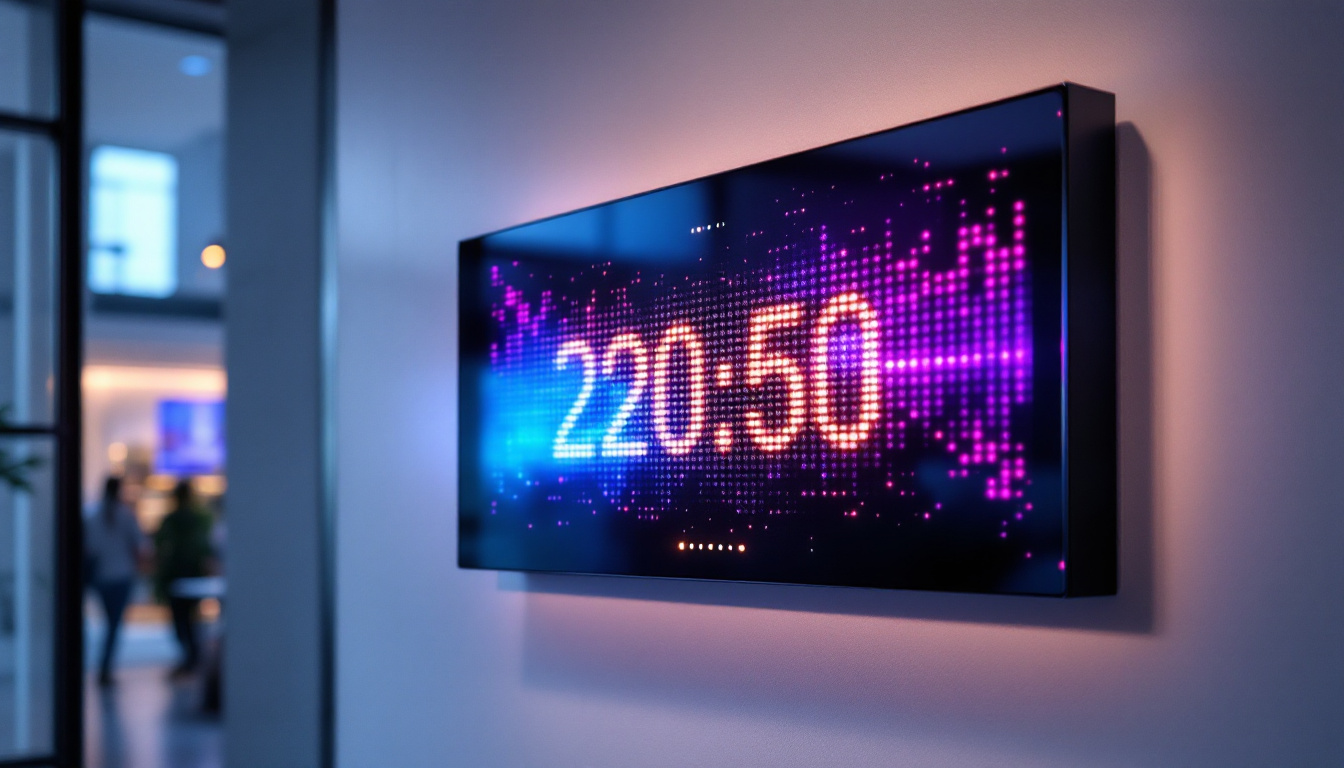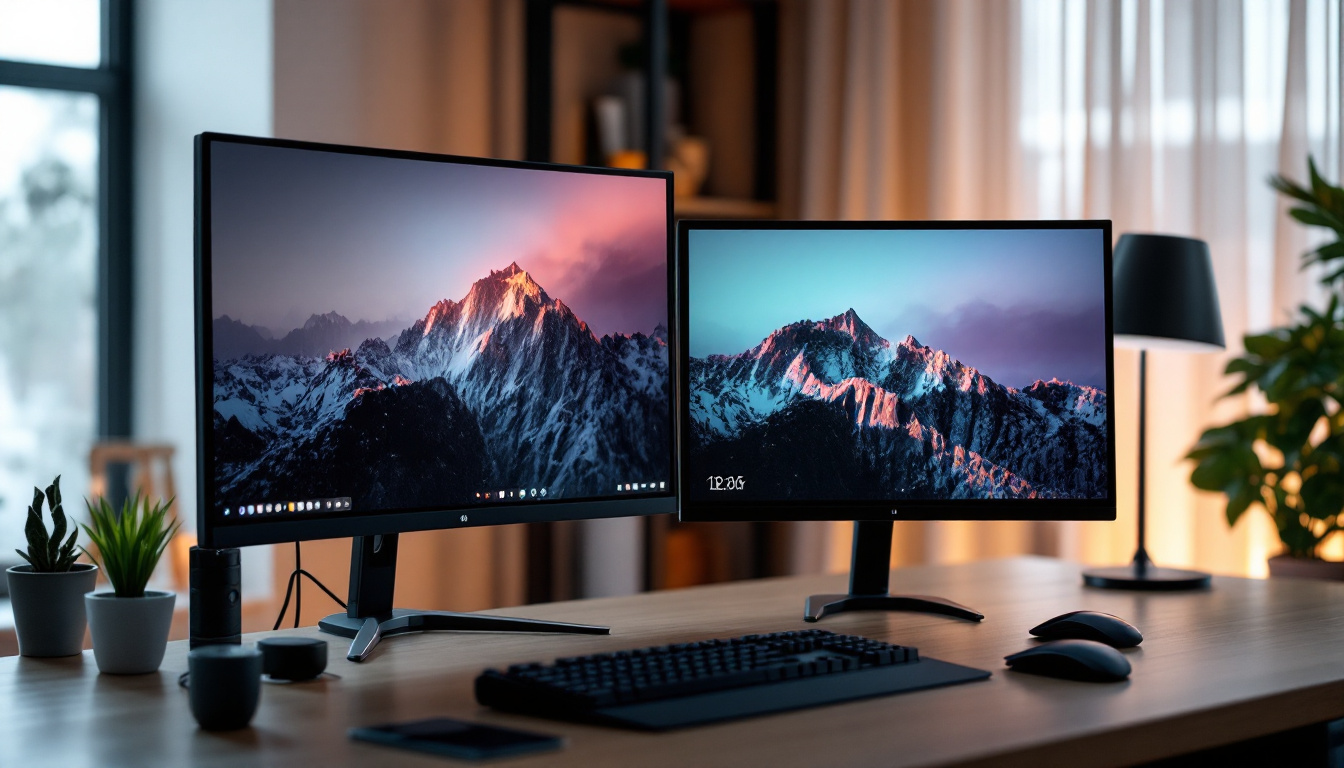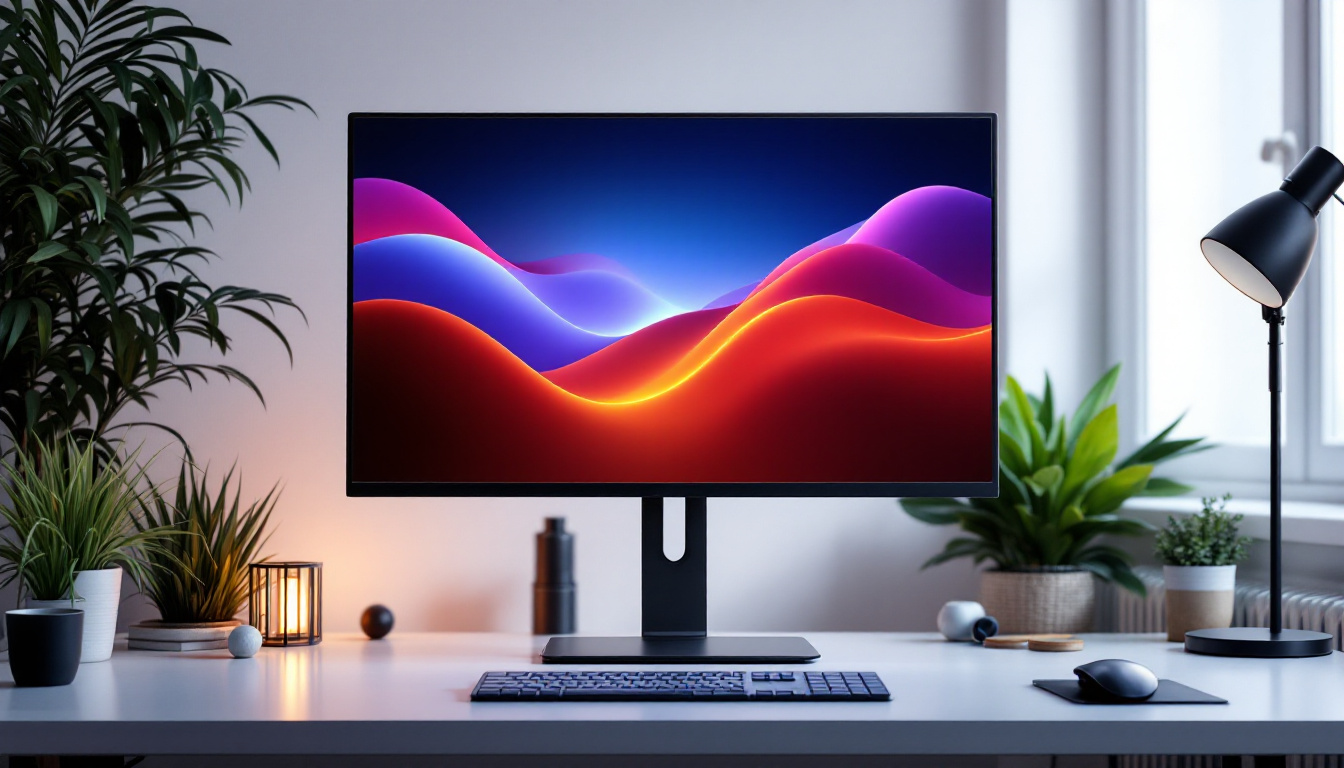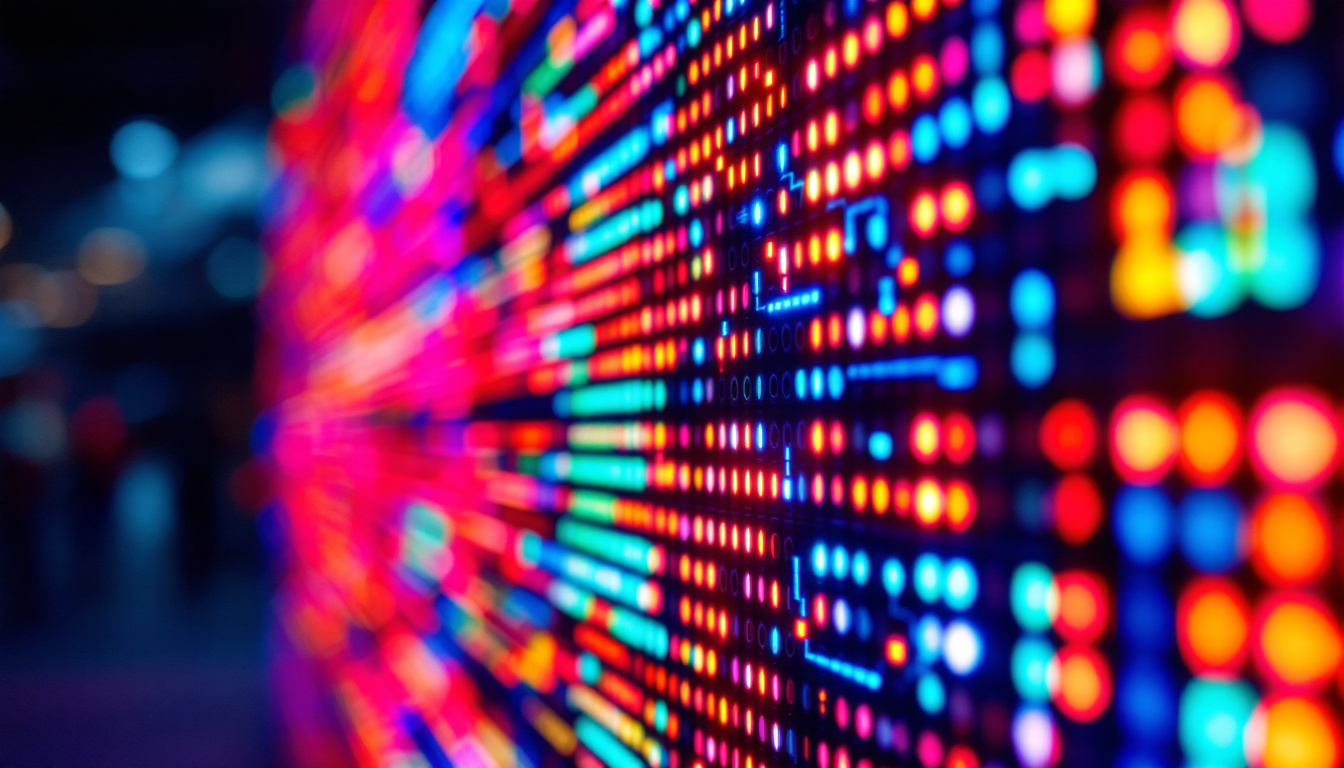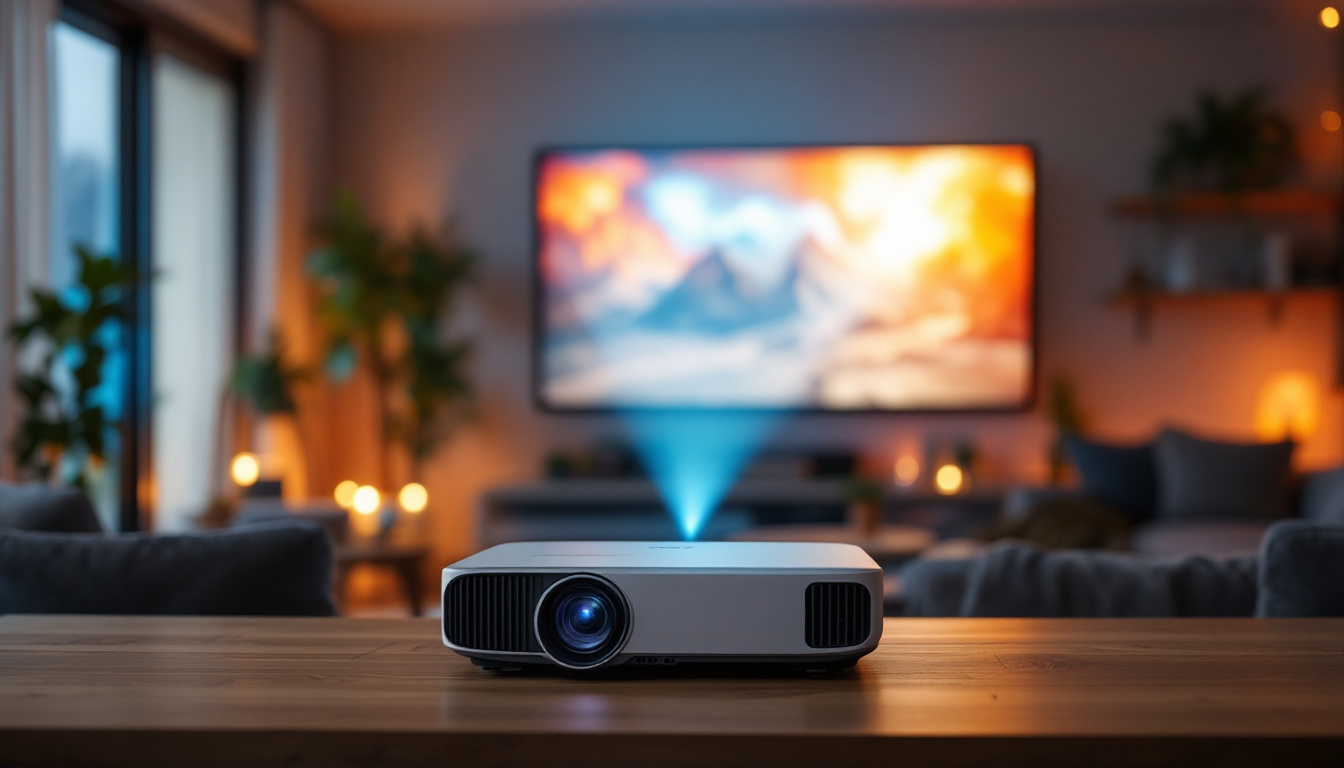In the realm of modern technology, touch computer monitors have emerged as versatile tools that enhance user interaction and engagement. These devices combine the functionality of traditional displays with the intuitive nature of touch interfaces. Among the various types of displays available, LED (Light Emitting Diode) technology stands out for its efficiency, brightness, and color accuracy. This article delves into the intricacies of touch computer monitors, focusing specifically on LED displays, their benefits, and their applications.
Understanding Touch Computer Monitors
Touch computer monitors are designed to allow users to interact directly with what is displayed on the screen. This interaction can take many forms, from simple taps to complex gestures, making them ideal for a variety of applications, from retail to education and beyond.
Types of Touch Technology
There are several technologies that facilitate touch functionality in computer monitors. The most common types include resistive, capacitive, and optical touch technologies. Each of these has its unique advantages and is suited for different environments.
Resistive touch screens are typically less expensive and can be operated with any object, including fingers, styluses, or even gloves. They work by detecting pressure applied to the screen. In contrast, capacitive touch screens require a conductive object, such as a human finger, to register input. This type is known for its responsiveness and clarity, making it popular in smartphones and tablets.
Optical touch technology utilizes cameras to detect touch, providing a different approach that can support larger displays. This technology is often used in interactive kiosks and large-scale installations. Optical systems can also enable multi-touch capabilities, allowing multiple users to interact with the screen simultaneously, which is particularly useful in collaborative environments.
Benefits of Touch Monitors
The integration of touch technology into computer monitors offers numerous benefits. One of the most significant advantages is the enhanced user experience. Touch interfaces are intuitive and can significantly reduce the learning curve for new users. This is particularly beneficial in environments like schools or public spaces where ease of use is paramount.
Additionally, touch monitors can streamline workflows. In business settings, they can facilitate quick navigation through software applications, making tasks more efficient. This is especially valuable in industries such as healthcare, where speed and accuracy are crucial. For instance, medical professionals can swiftly access patient records or input data directly into systems without the need for additional peripherals, thereby minimizing the risk of errors and enhancing patient care.
Moreover, touch monitors can enhance engagement in educational settings. Interactive lessons that incorporate touch technology can foster a more dynamic learning environment, allowing students to participate actively rather than passively absorbing information. This hands-on approach can be particularly effective in subjects like science and mathematics, where visual and tactile interactions can deepen understanding and retention of complex concepts. Furthermore, as technology continues to evolve, the potential for integrating augmented reality (AR) and virtual reality (VR) into touch monitors opens up exciting possibilities for immersive learning experiences.
LED Technology in Touch Monitors
LED technology has revolutionized the way displays are manufactured and perceived. Unlike traditional LCDs that use fluorescent backlighting, LED displays utilize light-emitting diodes to produce brighter images with better color accuracy and contrast ratios.
How LED Displays Work
LED displays consist of a matrix of tiny light-emitting diodes that emit light when an electric current passes through them. This technology allows for both backlit and self-emitting displays. In backlit displays, the LEDs illuminate the screen from behind, while self-emitting displays, like OLED, produce light from each pixel individually.
The result is a display that can achieve deeper blacks and more vibrant colors compared to traditional LCDs. LED technology also offers improved energy efficiency, making these monitors more environmentally friendly and cost-effective in the long run.
Advantages of LED Displays
One of the primary advantages of LED displays is their superior brightness. This makes them suitable for various lighting conditions, from dimly lit rooms to bright outdoor environments. The high brightness levels ensure that content remains visible and engaging, regardless of the surroundings.
Moreover, LED displays boast a longer lifespan compared to their LCD counterparts. This durability translates to lower maintenance costs and less frequent replacements, which is particularly beneficial for businesses that rely on continuous operation.
Applications of Touch LED Monitors
The versatility of touch LED monitors allows them to be utilized across a wide range of industries. From retail to healthcare, their applications are diverse and impactful.
Retail and Point of Sale Systems
In retail environments, touch LED monitors are increasingly being used as point-of-sale (POS) systems. Their intuitive interfaces allow cashiers to process transactions quickly and efficiently. Customers can also interact with these displays for self-service options, enhancing the shopping experience.
Additionally, touch monitors can be employed in digital signage, providing engaging content that can attract customers’ attention. Interactive displays can showcase promotions, product information, and even customer feedback, creating a dynamic shopping environment.
Education and Training
In educational settings, touch LED monitors are transforming the way teachers and students interact with content. These displays facilitate collaborative learning, allowing multiple students to engage with the material simultaneously. Teachers can use them to present lessons, conduct interactive quizzes, and even display multimedia content.
Furthermore, in training environments, touch monitors can simulate real-life scenarios, providing hands-on experience that enhances learning outcomes. This is particularly useful in fields such as healthcare, where practical skills are essential.
Choosing the Right Touch LED Monitor
When selecting a touch LED monitor, several factors should be considered to ensure it meets specific needs and requirements. Understanding these factors can lead to a more informed purchasing decision.
Screen Size and Resolution
The screen size and resolution are critical components that influence the overall user experience. Larger screens can accommodate more content, making them suitable for collaborative environments. On the other hand, higher resolutions ensure that images and text are sharp and clear, enhancing visibility.
For instance, a 4K resolution monitor can provide stunning visuals, making it ideal for applications that require high detail, such as graphic design or video editing. Conversely, a lower resolution may suffice for basic tasks like data entry or web browsing.
Touch Technology Type
As previously discussed, the type of touch technology can significantly affect performance and usability. Capacitive touch screens are generally preferred for their responsiveness and accuracy, while resistive screens may be more suitable for environments where durability is a concern.
It’s essential to consider the intended use of the monitor when selecting the touch technology. For example, in a busy retail environment, a robust resistive screen might be more appropriate, whereas a capacitive screen may be ideal for interactive displays in educational settings.
Maintenance and Care for Touch LED Monitors
Proper maintenance and care for touch LED monitors can extend their lifespan and ensure optimal performance. Regular cleaning and careful handling are essential practices that should be adopted.
Cleaning Procedures
Cleaning touch LED monitors requires specific techniques to avoid damage. Using a soft, lint-free cloth dampened with a mild cleaning solution is recommended. Avoid using abrasive materials or harsh chemicals, as these can scratch the screen or damage the protective coatings.
It’s also advisable to turn off the monitor before cleaning to prevent any accidental touches or damage to the software. Regular cleaning can help maintain clarity and responsiveness, ensuring that the monitor remains in top condition.
Handling and Usage Tips
Handling touch monitors with care is crucial. Avoid pressing too hard on the screen, as this can lead to damage over time. Additionally, keeping the monitor away from direct sunlight can prevent overheating and potential damage to the internal components.
Utilizing screen protectors can also be beneficial, especially in high-traffic environments. These protectors can shield the screen from scratches and smudges, maintaining clarity and usability.
The Future of Touch LED Monitors
The future of touch LED monitors looks promising, with continuous advancements in technology paving the way for even more innovative applications. As industries evolve, the demand for interactive and engaging displays will only increase.
Emerging Technologies
Emerging technologies, such as augmented reality (AR) and virtual reality (VR), are beginning to integrate with touch LED monitors, creating immersive experiences that were previously unimaginable. These advancements can enhance training, education, and entertainment, providing users with interactive environments that engage multiple senses.
Furthermore, developments in artificial intelligence (AI) are likely to enhance the functionality of touch monitors. AI can facilitate more personalized user experiences, adapting interfaces based on user preferences and behaviors.
Sustainability Considerations
As environmental awareness grows, manufacturers are increasingly focusing on sustainability in their products. Future touch LED monitors may feature eco-friendly materials and energy-efficient technologies, aligning with global efforts to reduce carbon footprints.
This shift towards sustainability not only benefits the environment but also appeals to consumers who prioritize eco-conscious products. As a result, the market for touch LED monitors is likely to expand, driven by both technological advancements and consumer demand.
Conclusion
Touch computer monitors equipped with LED technology represent a significant advancement in display technology, offering a blend of interactivity, efficiency, and visual quality. Their applications span various industries, enhancing user experiences in retail, education, and beyond.
As technology continues to evolve, the future of touch LED monitors promises exciting possibilities, from immersive experiences to sustainable practices. Understanding the intricacies of these devices, including their benefits and maintenance, can empower users to make informed decisions and fully leverage their capabilities.
In an increasingly digital world, touch LED monitors are not just tools; they are gateways to a more interactive and engaging future.
Discover the Future of Interactive Displays with LumenMatrix
Ready to elevate your interactive experiences with the latest in LED display technology? LumenMatrix is at the forefront of innovation, offering a diverse range of LED display solutions tailored to meet your needs. From captivating Indoor LED Wall Displays to dynamic Outdoor LED Wall Displays, and from versatile Vehicle LED Displays to sleek LED Poster Displays, our products are designed to revolutionize visual communication. Embrace the power of LED Sports Displays, innovative Floor LED Displays, and Custom LED Displays to create unforgettable visual narratives. Explore our All-in-One LED Display and LED Transparent Display options to see how we can transform your space. Don’t miss the opportunity to enhance engagement and captivate your audience. Check out LumenMatrix LED Display Solutions today and step into a world of vibrant, interactive displays that bring your message to life.


